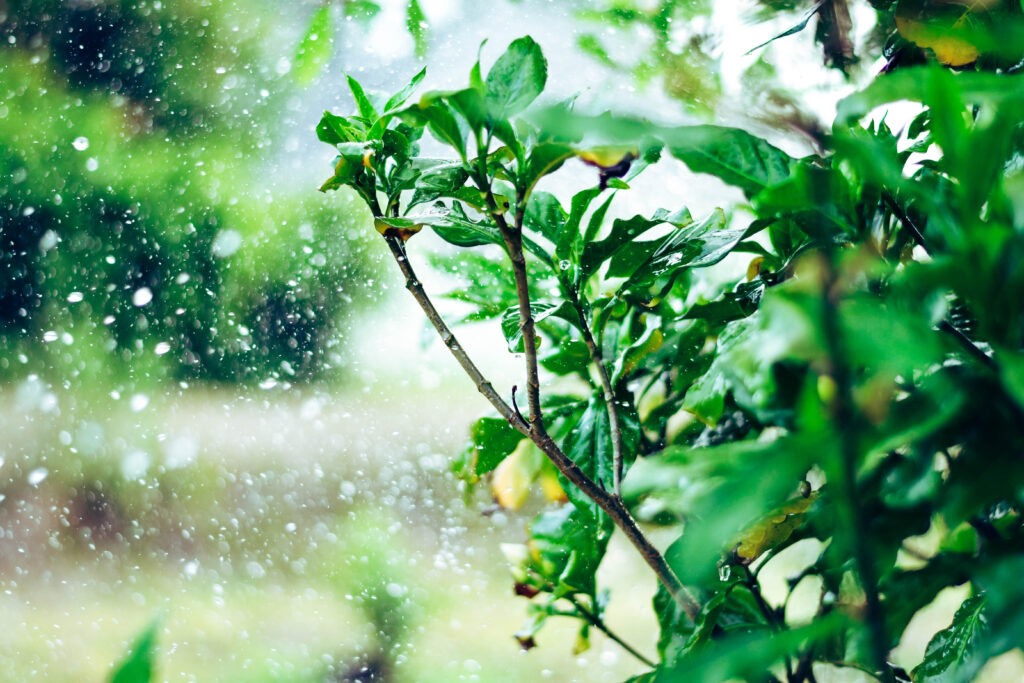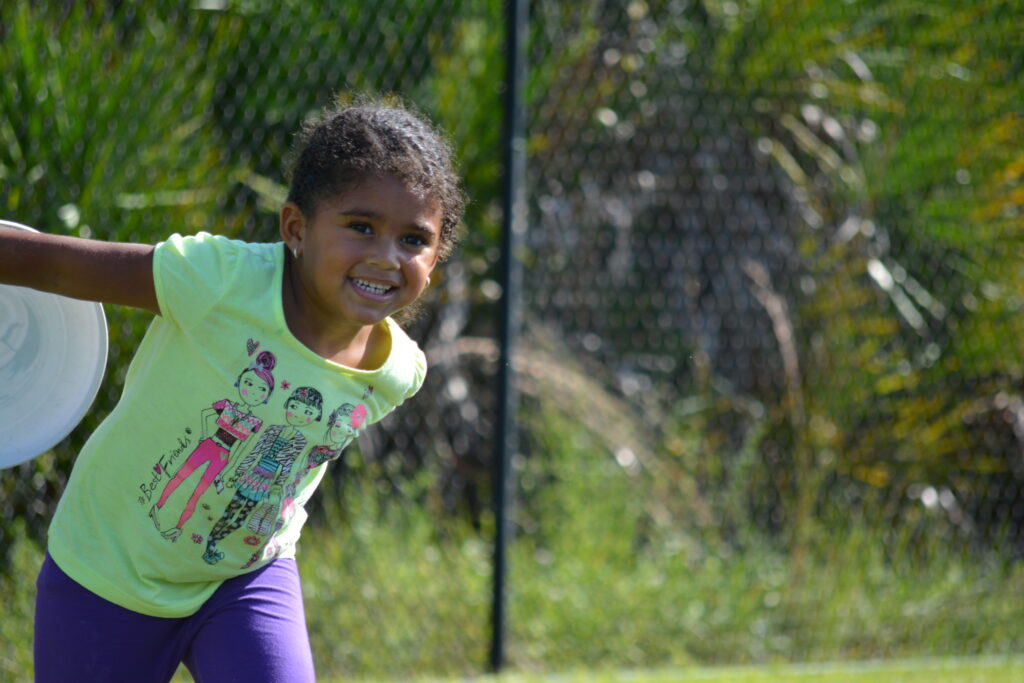
DIY Water Play for All Ages!
Creative world school Jul 25, 2018Here are some DIY Water Play Ideas!
All summer we have loved water play experiences with our young students. The best water play extends beyond a pre-made table and employs all elements of STEAM learning! How does STEAM fuel water play and how can you DIY? Read on to find out!
 Color mixing is a great way to practice Science with young children. First, make some predictions: what do you think will happen? How will adding more or less drops of food coloring or liquid watercolors make a difference? What happens when you mix different colors of food coloring or colored water? Making these predictions help your child identify cause and effect as well as critical thought in assessing the outcomes of their experiment! Collect clear tupperware, plastic cups, or bowls and use food coloring or liquid watercolors to swirl, swish, stir, and mix your way through a scientific adventure!
Color mixing is a great way to practice Science with young children. First, make some predictions: what do you think will happen? How will adding more or less drops of food coloring or liquid watercolors make a difference? What happens when you mix different colors of food coloring or colored water? Making these predictions help your child identify cause and effect as well as critical thought in assessing the outcomes of their experiment! Collect clear tupperware, plastic cups, or bowls and use food coloring or liquid watercolors to swirl, swish, stir, and mix your way through a scientific adventure!
 Water play offers you a great opportunity to use Technology, which for young learners means tools! Here are some great tools to offer your child which you probably already have lying around:
Water play offers you a great opportunity to use Technology, which for young learners means tools! Here are some great tools to offer your child which you probably already have lying around:
Funnel, turkey baster, plastic spoon, ladle, rubber spoon, plastic cup, measuring cups, measuring spoons, whisk, watering can, colander, ice cube tray, silicone muffin cups, straws, and tupperware bowls and lids.
 Engineering is easy to practice in water play as your child experiments with pipes, ramps, pourings, balancing, and more! You can find pipes that fit together at any hardware store. It’s also a great opportunity to reuse your recyclables and create a water wall. Simply save your clear plastic container and use an Xacto knife (away from your child) to carve a small hole out of the side of each bottle. The bottles can then be set up to pour into one another and create a flowing stream of water. You may wish to simply provide your child with open-ended engineering play by giving them pipes in a small sandbox with a pitcher of water.
Engineering is easy to practice in water play as your child experiments with pipes, ramps, pourings, balancing, and more! You can find pipes that fit together at any hardware store. It’s also a great opportunity to reuse your recyclables and create a water wall. Simply save your clear plastic container and use an Xacto knife (away from your child) to carve a small hole out of the side of each bottle. The bottles can then be set up to pour into one another and create a flowing stream of water. You may wish to simply provide your child with open-ended engineering play by giving them pipes in a small sandbox with a pitcher of water.
 Unleash your miniature artist into a world of imagination by setting up a simple Ocean Play or Underwater City Sensory bin. Simply get a large, shallow tupperware bin and fill it with water and ocean creatures, plastic scuba divers, and other plastic toys. Play with them to give your creatures names, homes, and weave your own underwater tale!
Unleash your miniature artist into a world of imagination by setting up a simple Ocean Play or Underwater City Sensory bin. Simply get a large, shallow tupperware bin and fill it with water and ocean creatures, plastic scuba divers, and other plastic toys. Play with them to give your creatures names, homes, and weave your own underwater tale!
We already visited Math concepts as we discussed tools that can facilitate awesome Water Play experiences. Make some predictions and calculations using measuring cups and spoons. Do you have a scale? Predict and measure how much different units of water weigh. Do you have different sized recyclables? Fill bottles with water: which bottle holds more or less water? Comparisons and contrasts are fundamental math concepts for young learners and you’ll have a blast learning these new ideas!
There are so many ways to take a fun, playful experience and enhance it so that it becomes a teachable moment! Your child’s innate desire to learn will come into play… literally!





